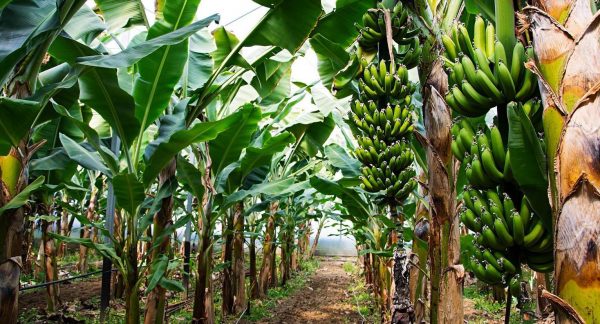Farmers in Zimbabwe are expected to start planting their 2023 summer cereal crops this October while harvesting of the planted crop is expected to begin next May.
In a country brief on Zimbabwe released this week by the Food and Agriculture Organisation (FAO), the southern African country is expected to receive above-average rainfall amounts forecast for 2022/23 cropping season.
The same rainfall pattern is expected in most countries in the SADC region.
“Planting of the 2023 cereal crops will begin in October 2022 and the harvest is expected to start in May next year. Current weather forecasts point to a higher-than-normal likelihood of above-average rainfall amounts between October 2022 and March 2023, boosting production prospects,” FAO announced.
It added that the adverse weather conditions had resulted in below-average cereal outturn this year, and as a result food inflation was still at exceptionally high levels in Zimbabwe.
However, FAO warned that despite a good summer rain season expected in Zimbabwe, the high prices of agricultural inputs, including fertilisers, seed and fuel, were going to increase production costs and reduce application rates, with a likely adverse impact on farmers’ planting intentions and yields.
Meanwhile, FAO said the total cereal production, including a forecast of the winter wheat crop that will be harvested from October this year, is pegged at two million tonnes.
This is four percent below the five-year average.
“Production of maize, the main food staple, is estimated at about 1.6 million tonnes, slightly below the five-year average. The lower-than-average cereal outturn reflects unfavourable weather conditions, characterised by an uneven temporal distribution of rains, which resulted in low yields and offset the positive effects of an above-average area planted.”
To compensate for the low cereal outturn in 2022, import requirements in the 2022/23 marketing year (April/March) in Zimbabwe are estimated to increase on a yearly basis, but remain lower than the recent five-year average.
“Maize imports are expected to rise between 100 000 and 200 000 tonnes in 2022/23, while a drawdown in stocks, which had been built up to above-average levels in the previous two years, will also help meet national consumption needs.
“Imports of wheat in 2022/23 are foreseen at below-average levels due to a likely drawdown in domestic stocks. By contrast, imports of rice, which is not produced in significant quantities in the country, are foreseen to rise to a level above the five-year average, as international prices are comparatively stable.”








